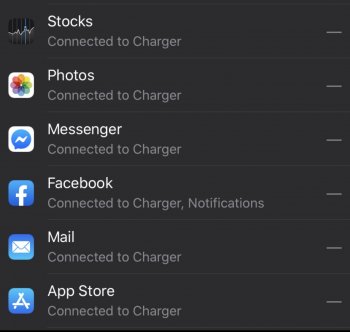I’m a really heavy user of my 11” iPad Pro. 12+ hours per day.
What do you think will be best to prolong the life of the battery? Charging up to 80%, running down to 40%, rinse and repeat. Or keep it plugged into power almost permanently?
here is what i have learned from using very heavily both mac laptops and iPhones:
before i just never cared. and almost never used the charger while i was using my devices - even if i was able to charge conveniently, i just didn't care. and only charged after i was almost out of battery.
it resulted in very quickly not being able to get 4 or 5 hours of battery on a macbook air.
contrast that with the way i am using my early jan 2020 purchased MacBook air. the cycle count is 12, and the battery health is reporting 100% (using iStat mini in the notification tray).
my conclusion is that i totally believe the folks who say, given apples' adjusted algorithm for optimizing charging and capacity etc, keeping it plugged in now as much as possible is totally the best way to approach it.
it does lengthen optimal battery health. absolutely. forget the 80-40, the 60-40, the 50-50, the 90-10 folks and trolls.
keep it plugged in as much as possible. trust apple's battery management if you have a newer iOS or macOS device.





